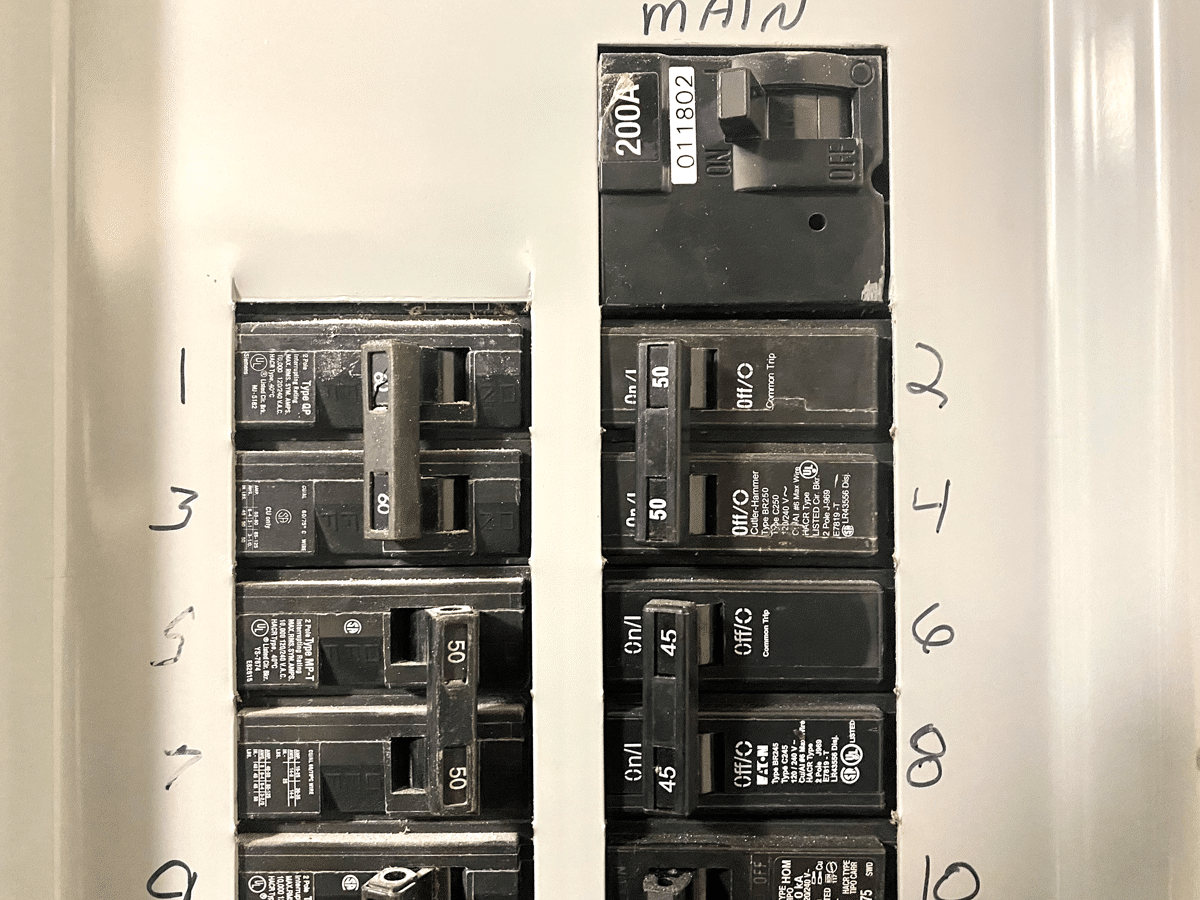

Articles
Why Breakers Trip
Modified: December 7, 2023
Discover the reasons why circuit breakers trip in our informative articles. Gain insights into common causes and learn how to prevent unexpected outages.
(Many of the links in this article redirect to a specific reviewed product. Your purchase of these products through affiliate links helps to generate commission for Storables.com, at no extra cost. Learn more)
Introduction
Circuit breakers are a crucial component of electrical systems, designed to protect both the wiring and connected devices from damage caused by excessive electrical currents. These smart devices automatically trip or shut off the flow of electrical power when they detect abnormal conditions such as overloads, short circuits, or ground faults. While the tripping of breakers may seem like an inconvenience at times, it is a safety feature that prevents potential hazards, including electrical fires and electrocution.
Understanding why breakers trip can help homeowners and electrical professionals identify and address the underlying issues. In this article, we will explore the common causes of breaker tripping, including overload tripping, short circuit tripping, ground fault tripping, improper wiring, aging or faulty breakers, insufficient circuit capacity, and external factors. Additionally, we will provide troubleshooting tips to help you resolve breaker tripping and ensure the smooth operation of your electrical system.
Key Takeaways:
- Understanding the common causes of breaker tripping, such as overload, short circuit, ground fault, and external factors, can help homeowners and professionals troubleshoot and prevent electrical hazards effectively.
- Implementing safety measures, redistributing electrical loads, and seeking professional assistance when needed are essential steps to address breaker tripping issues and ensure the reliability and safety of electrical systems.
Read more: Why Do Arc Fault Breakers Trip
Understanding Circuit Breakers
Before diving into the causes of breaker tripping, it is essential to have a basic understanding of how circuit breakers work. A circuit breaker is a switch that controls the flow of electricity in a circuit. It consists of a mechanical mechanism and an electrical component known as the trip unit.
The trip unit is the brain of the circuit breaker and is responsible for detecting abnormal conditions. There are three types of tripping mechanisms: thermal, magnetic, and thermal-magnetic. The thermal mechanism measures the heat generated by the current passing through the circuit, while the magnetic mechanism detects sudden increases in current. The thermal-magnetic mechanism combines both methods for enhanced protection.
When the current exceeds the safe limit, the trip unit activates, causing the circuit breaker to trip and disrupt the electrical flow. This action prevents excessive heat from building up in the wiring and devices and reduces the risk of electrical hazards.
It is worth mentioning that circuit breakers are designed to handle specific electrical loads known as amperages or current ratings. The most common residential circuit breakers have a rating of 15 or 20 amps, while larger electrical systems may have circuit breakers with higher ratings. It is crucial to install breakers that are appropriately sized for the electrical load to avoid excessive tripping and potential damage to the circuit breaker itself.
Now that we have a basic understanding of circuit breakers, let’s explore the common causes of breaker tripping and how to troubleshoot these issues effectively.
Common Causes of Breaker Tripping
Breaker tripping can be caused by various factors, ranging from normal everyday usage to underlying electrical issues. Understanding these common causes can help determine the root cause and take appropriate measures to prevent future tripping incidents. Let’s explore some of the most prevalent causes of breaker tripping.
- Overload Tripping: Overloading occurs when the electrical load on a circuit exceeds its capacity. This can happen when too many devices are plugged into a single outlet or when power-hungry appliances such as air conditioners, heaters, or hair dryers are all in use simultaneously. The increased load generates excessive heat, triggering the circuit breaker to trip. To prevent overload tripping, redistribute the electrical load across different circuits or consider upgrading your electrical system to accommodate higher power demands.
- Short Circuit Tripping: A short circuit happens when the hot wire and the neutral wire come into direct contact, creating a low-resistance path for the electrical current. This results in a sudden surge of power and can cause the circuit breaker to trip immediately. Short circuits commonly occur due to damaged wiring, faulty electrical connections, or malfunctioning devices. To resolve short circuit issues, it is vital to identify and repair the damaged wiring or replace the faulty devices promptly.
- Ground Fault Tripping: A ground fault occurs when the hot wire comes into contact with the grounding wire or any conductive material that is connected to the ground. This can happen due to damaged insulation or faulty appliances. Ground faults can lead to breaker tripping and pose a significant risk of electric shock. If you suspect a ground fault, it is crucial to seek professional assistance to locate and rectify the issue.
- Improper Wiring: Poor or incorrect wiring practices can cause breaker tripping. This includes situations where multiple wires are connected to a single terminal, loose connections, or improper wire sizing. Improper wiring can lead to increased resistance, overheating, and eventually, breaker tripping. It is essential to hire a licensed electrician to ensure proper wiring installation and minimize the risk of breaker tripping due to wiring issues.
- Aging or Faulty Breakers: Breakers, like any other electrical component, can wear out over time. Aging breakers may become less sensitive or fail to trip when required, leading to potential hazards. Similarly, faulty breakers can trip too frequently or fail to hold a consistent electrical load. If you suspect that your breakers are aging or malfunctioning, it is advisable to consult an electrician for a thorough inspection and replacement if necessary.
These are just a few of the common causes of breaker tripping. Other factors, such as insufficient circuit capacity, external factors like power surges or lightning strikes, or even faulty appliances, can also contribute to breaker tripping incidents. In the next section, we will explore troubleshooting steps to help identify and resolve breaker tripping issues effectively.
Overload Tripping
One of the most common causes of breaker tripping is overload. This occurs when the electrical load on a circuit exceeds its capacity. An overload can happen when too many devices are connected to a single circuit or when power-hungry appliances are being used simultaneously. When the circuit is overwhelmed with excessive current, the circuit breaker will automatically trip to protect the circuit and prevent potential hazards such as overheating, fire, or equipment damage.
To prevent overload tripping, it is important to understand the electrical load that each circuit can handle. The amperage rating of the circuit breaker determines its capacity. Residential circuit breakers typically have ratings of 15 or 20 amps, while larger circuits may have higher ratings. Each device or appliance also has its own amperage requirement, which can be found on the device itself or in its user manual.
Here are some tips to avoid overload tripping:
- Distribute the electrical load: Plug devices and appliances into different circuits to evenly distribute the electrical load. Avoid connecting too many high-powered devices to a single circuit.
- Use power strips or surge protectors: Power strips or surge protectors with built-in circuit breakers can help regulate the electrical load and protect against overload. Be mindful not to overload the power strip itself, as it has a maximum amperage rating as well.
- Consider upgrading the electrical system: If you frequently experience overload tripping, it may be necessary to upgrade your electrical system. Consulting a licensed electrician can help determine if additional circuits or higher amperage ratings are needed to accommodate your power demands.
- Identify power-hungry appliances: Some appliances, such as air conditioners, heaters, or hairdryers, require a significant amount of power. Avoid using multiple power-hungry appliances simultaneously on the same circuit to prevent overloading.
- Unplug unused devices: Unplugging devices that are not in use can help reduce the electrical load on a circuit and prevent overload.
It’s important to note that if an overload tripping occurs frequently, it could indicate a more serious problem, such as a loose or faulty connection or inadequate wiring. In such cases, it is recommended to consult with a professional electrician to identify and address the underlying issue.
By being aware of your electrical load and taking necessary precautions, you can minimize the risk of overload tripping and ensure the safe and efficient operation of your electrical system.
Short Circuit Tripping
Short circuit tripping is another common cause of breaker tripping. A short circuit occurs when the hot wire (carrying current) and the neutral wire come into direct contact, bypassing the resistance of the electrical load. This creates a low-resistance path for the electrical current, resulting in a sudden surge of power. To protect the circuit and prevent potential damage, the circuit breaker quickly trips, cutting off the flow of electricity.
Short circuits can be caused by various factors, including damaged wiring, faulty electrical connections, or malfunctioning devices. Here’s a closer look at the common causes and how to address them:
- Damaged Wiring: Worn-out, frayed, or damaged electrical wiring can lead to short circuits. This can occur due to rodents chewing on the wires, exposure to moisture, or aging wiring. If you suspect damaged wiring, it is crucial to have a licensed electrician inspect and repair the wiring to eliminate the risk of short circuit tripping.
- Faulty Electrical Connections: Loose or improper electrical connections can result in short circuits. It is essential to ensure that all electrical connections are secure and properly tightened. If you are not experienced in electrical work, it is best to consult a professional electrician to check and repair any faulty connections.
- Malfunctioning Devices: Defective or malfunctioning electrical devices can cause short circuits. If a specific device consistently causes the circuit breaker to trip, it might be the source of the problem. Consider unplugging the device and having it inspected or repaired by a qualified professional.
When troubleshooting short circuit tripping, it is crucial to follow these safety guidelines:
- Turn off the main power: Before inspecting or repairing any electrical components, turn off the main power supply to ensure your safety.
- Use proper tools and equipment: Always use insulated tools and wear protective gloves when working with electrical components to minimize the risk of electric shock.
- Consult a professional if necessary: If you are unsure about any aspect of troubleshooting or repairing a short circuit, it is always best to consult a licensed electrician for assistance.
Fixing short circuit tripping issues requires identifying and addressing the root cause of the problem. By ensuring your wiring is in good condition, electrical connections are secure, and devices are functioning correctly, you can minimize the risk of short circuits and ensure a safe and reliable electrical system.
Read more: Why Is My Space Heater Tripping The Breaker
Ground Fault Tripping
Ground fault tripping is another common cause of breaker tripping in electrical systems. A ground fault occurs when the hot wire comes into contact with the grounding wire or any conductive material that is connected to the ground. This contact creates an unintended pathway for the electrical current to flow directly to the ground, bypassing the intended circuit. When a ground fault is detected, the circuit breaker quickly trips, cutting off the electrical supply to prevent potential hazards such as electric shock or fire.
Ground faults can be caused by various factors, including:
- Faulty insulation: Over time, insulation on electrical wires may deteriorate or become damaged, which increases the risk of a ground fault occurring.
- Faulty devices or appliances: In some cases, faulty devices or appliances may have internal wiring issues that can lead to a ground fault. It is important to promptly repair or replace any malfunctioning electrical devices.
- Moisture or water exposure: Water is a good conductor of electricity, so if electrical components or wiring come into contact with moisture or are exposed to water, it can increase the risk of a ground fault.
- Damaged wiring or faulty connections: Worn-out, frayed, or damaged wiring, as well as loose or improper electrical connections, can also contribute to ground fault tripping.
To troubleshoot ground fault tripping issues, consider the following steps:
- Check for moisture or water exposure: Inspect electrical components, outlets, and wiring to ensure they are dry and free from any moisture. Address any areas where water or moisture may be coming into contact with electrical systems.
- Inspect devices and appliances: Perform a thorough inspection of all devices and appliances connected to the circuit. Look for signs of damage or loose connections and repair or replace any faulty equipment.
- Examine wiring and connections: Inspect the wiring and connections in the affected circuit for any signs of damage or loose connections. If issues are found, consult a licensed electrician to repair or replace the wiring or faulty connections.
- Consider installing Ground Fault Circuit Interrupters (GFCIs): GFCIs are special outlets or circuit breakers that monitor the flow of electricity and can quickly shut off power in the event of a ground fault. Installing GFCIs in areas prone to moisture, such as kitchens, bathrooms, and outdoor spaces, can provide an added layer of protection against ground fault tripping.
It is important to note that ground fault tripping can pose a significant risk of electric shock. If you suspect a ground fault and are unsure about performing the troubleshooting steps, it is best to seek the assistance of a qualified electrician.
By addressing any potential causes of ground fault tripping and ensuring proper functioning of devices, wiring, and connections, you can minimize the risk of ground faults and keep your electrical system safe and reliable.
Regularly check for loose connections in your electrical system to prevent breakers from tripping. Loose connections can cause overheating and lead to a breaker trip.
Improper Wiring
Improper wiring is a leading cause of breaker tripping and can pose significant risks to the safety and functionality of an electrical system. Poor or incorrect wiring practices can result in increased resistance, overheating, and ultimately, breaker tripping. It is essential to ensure that electrical installations are done correctly to minimize the risk of these issues.
Here are some common examples of improper wiring practices that can lead to breaker tripping:
- Multiple wires connected to a single terminal: Connecting multiple wires to a single terminal, also known as “backstabbing,” can create loose connections and increase resistance, leading to overheating and circuit breaker tripping. It is important to use appropriate wire connectors or wire nuts to ensure secure and properly distributed connections.
- Loose electrical connections: Loose connections occur when wires are not properly tightened or secured to their terminals. Loose connections result in increased resistance and can lead to overheating and breaker tripping. Regularly inspect electrical connections and tighten them if necessary.
- Improper wire sizing: Using the wrong wire size for a particular circuit can result in insufficient current-carrying capacity and overheating. It is crucial to use the appropriate wire gauge for the electrical load to prevent breaker tripping. Consult a professional electrician to determine the correct wire size for specific circuits.
- Incorrect grounding: Proper grounding is vital for electrical safety. Improper grounding or missing ground connections can increase the risk of electrical shocks and fire hazards. It is essential to follow electrical codes and consult a licensed electrician to ensure the proper grounding of electrical systems.
Addressing improper wiring requires knowledge and expertise. If you suspect improper wiring as the cause of breaker tripping, it is recommended to consult a licensed electrician. They can perform a thorough inspection of the electrical system, identify any wiring issues, and make the necessary repairs or modifications.
It is worth noting that DIY electrical work without proper knowledge or experience can be dangerous and may result in fire hazards or electrical shocks. To ensure the safety of your electrical system and your home, it is best to rely on trained professionals for any electrical installations, repairs, or modifications.
By adhering to proper wiring practices, ensuring secure connections, and seeking professional assistance when needed, you can minimize the risk of breaker tripping and maintain a safe and efficient electrical system.
Aging or Faulty Breakers
Breakers, like any other electrical components, can wear out over time. Aging or faulty breakers can be a common cause of breaker tripping. When breakers become old or malfunctioning, they may trip too frequently or fail to hold a consistent electrical load, leading to inconveniences and potential hazards.
Here are some signs that your breakers may be aging or faulty:
- Frequent tripping: If your breaker is tripping frequently without any apparent reason, it could be a sign of an aging or faulty breaker. Breakers are designed to trip when there is an electrical overload, short circuit, or ground fault. However, if you are experiencing frequent and unexplained tripping, it is likely a problem with the breaker itself.
- Inconsistent tripping: Breakers should trip consistently when there is an electrical issue. However, if the breaker trips inconsistently or doesn’t trip when it should, it indicates a malfunctioning breaker. This could be a sign that the breaker is not operating as it should and needs to be replaced.
- Physical damage: Inspect the breaker panel for any signs of physical damage, such as cracks, burn marks, or loose connections. Physical damage can indicate that the breaker is no longer functioning properly and needs to be replaced.
- Age of the breaker: Breakers have a limited lifespan, typically around 20 to 30 years. If your breakers are approaching or exceeding this age range, it is advisable to consider having them inspected by a licensed electrician. Aging breakers may become less sensitive or fail to trip when required, compromising the safety of your electrical system.
If you suspect that your breakers are aging or faulty, it is recommended to consult with a professional electrician. They will have the expertise and tools to assess the condition of the breakers and determine if replacement is necessary.
Replacing aging or faulty breakers should always be done by a licensed electrician to ensure proper installation and adherence to electrical codes. Attempting to replace breakers on your own can be dangerous and may result in electrical shock or further damage to your electrical system.
By monitoring the performance of your breakers, addressing signs of aging or faults, and seeking professional assistance when needed, you can maintain the reliability and safety of your electrical system.
Insufficient Circuit Capacity
Insufficient circuit capacity is a common cause of breaker tripping in residential and commercial electrical systems. It occurs when the electrical load on a circuit exceeds its maximum capacity. When this happens, the circuit breaker will trip to prevent overheating and potential hazards such as electrical fires.
Here are some factors that can contribute to insufficient circuit capacity:
- Increased power demands: Over time, power demands in a building may increase due to the addition of new appliances, devices, or electrical systems. If the electrical system was not designed to handle these increased power demands, it can lead to breaker tripping.
- Inadequate wiring: Improperly sized or inadequate wiring can limit the amount of electrical load that a circuit can handle. In older buildings, the wiring may not be capable of supporting modern power demands, leading to insufficient circuit capacity.
- Circuit overloading: Connecting too many devices or high-power appliances to a single circuit can overload the circuit and result in insufficient capacity. This often happens when there are multiple outlets or devices connected to a single circuit or when power strips are overloaded.
To address insufficient circuit capacity and prevent breaker tripping, consider the following steps:
- Redistribute the electrical load: If you have identified specific circuits that frequently trip due to insufficient capacity, redistribute the electrical load by connecting devices and appliances to different circuits. This helps to even out the power demands and reduce the load on individual circuits.
- Upgrade the electrical system: If your electrical system consistently experiences insufficient circuit capacity, it may be necessary to upgrade the system to accommodate higher power demands. This can involve adding additional circuits, installing larger capacity breakers, or upgrading the wiring. Consulting a licensed electrician is recommended to ensure the upgrades are done safely and in compliance with electrical codes.
- Limit power-hungry appliances: Identify and limit the use of power-hungry appliances that contribute to exceeding the capacity of the circuit. This may involve spacing out their usage or considering alternative electrical solutions, such as dedicated circuits for high-power appliances.
When dealing with insufficient circuit capacity, it is crucial to prioritize safety. Working with electricity can be dangerous, and improper handling or modifications can pose fire and electrocution risks. It is strongly advised to consult with a licensed electrician for professional assessment and guidance in resolving insufficient circuit capacity issues.
By redistributing the electrical load, upgrading the electrical system if necessary, and ensuring proper electrical planning and installations, you can prevent insufficient circuit capacity and reduce the risk of breaker tripping in the long run.
External Factors
In addition to internal factors within the electrical system, external factors can also contribute to breaker tripping. These factors are often beyond our control but can still impact the performance of the electrical system. It’s important to be aware of these external factors to better understand and address breaker tripping issues. Let’s explore some common external factors:
- Power Surges: Power surges occur when there is a sudden increase in voltage. This can happen due to lightning strikes, utility company equipment malfunctions, or when large appliances switch on or off. Power surges can overload the electrical system and cause breakers to trip. Installing surge protectors can help mitigate the impact of power surges and protect your electrical devices and breakers.
- Weather Conditions: Extreme weather conditions, like storms or high winds, can cause power outages or fluctuations in the electrical supply. These disruptions can lead to breakers tripping as the electrical system tries to adapt to the changes. Power outages may result in breakers tripping when power is restored. To minimize the impact of weather-related breaker tripping, consider installing backup power sources, such as generators or uninterruptible power supplies (UPS).
- Fluctuations in Voltage: If the voltage supplied to your property is too high or too low, it can cause breakers to trip. High voltage can overload circuits and trip breakers, while low voltage can cause appliances to draw more current to compensate, potentially leading to overload and tripping. If you suspect voltage fluctuations as the cause of breaker tripping, it is advisable to contact your utility company for assistance. They can check and adjust the voltage supply as necessary.
- Environmental Factors: Environmental conditions, such as excessive heat or humidity, can affect the performance of electrical systems. High temperatures can cause wires and components to expand, potentially leading to loose connections or increased resistance. Moisture and humidity can also contribute to corrosion and electrical shorts. It is important to ensure that your electrical system is installed in appropriate environments and properly protected against adverse conditions.
While it may not always be possible to control external factors, there are measures you can take to minimize the impact on breaker tripping. Installing surge protectors, maintaining proper insulation and weatherproofing, and utilizing backup power sources can help safeguard your electrical system against external influences. If you notice repeated breaker tripping due to external factors, it may be beneficial to consult a licensed electrician for further guidance and solutions.
By understanding and addressing both internal and external factors that contribute to breaker tripping, you can ensure a safe, reliable, and efficient electrical system in your home or business.
Troubleshooting Breaker Tripping
Breaker tripping can be frustrating and inconvenient, but it is important to address the underlying issues to ensure the safety and proper functioning of your electrical system. Here are some troubleshooting steps you can take to identify and resolve breaker tripping problems:
- Determine the specific circuit: Identify which circuit is causing the breaker to trip. This can be done by noting the area or room where the tripping occurs and identifying the corresponding circuit breaker in the electrical panel.
- Unplug or disconnect devices: If possible, unplug or disconnect all devices and appliances connected to the circuit that is tripping. This helps to isolate the issue and determine whether the problem lies with a specific device or the circuit itself.
- Reset the breaker: After unplugging or disconnecting the devices, reset the tripped breaker by firmly switching it to the “off” position and then back to the “on” position. Observe if the breaker immediately trips again or remains in the “on” position.
- Gradually reconnect devices: Reconnect the devices one by one, turning them on individually and monitoring the breaker. This step helps identify if a particular device or combination of devices is causing the overload or short circuit.
- Inspect for damaged wiring: Examine the wiring associated with the circuit for any signs of damage, such as frayed insulation or loose connections. Damaged wiring can cause short circuits or contribute to overload situations.
- Check for overheating: Feel the electrical panel and any electrical outlets associated with the circuit. If they feel hot to the touch, it may indicate an excessive load or faulty wiring. In such cases, it is advisable to consult a licensed electrician for further inspection and repairs.
- Monitor for recurring issues: If the breaker continues to trip or if you experience frequent breaker tripping even after removing devices, it may indicate an underlying electrical problem. It is best to consult a professional electrician to assess and diagnose the issue.
If you are uncomfortable or unsure about performing these troubleshooting steps, it is recommended to consult a licensed electrician. They have the knowledge and expertise to safely diagnose and resolve breaker tripping issues.
Remember, safety should always be a priority when troubleshooting electrical issues. If at any point you suspect a serious electrical problem, such as a ground fault, or if you encounter any unusual or alarming signs, do not hesitate to contact a qualified electrician for assistance.
By following these troubleshooting steps and seeking professional help when needed, you can identify and resolve breaker tripping issues, ensuring the safety and optimal performance of your electrical system.
Conclusion
Breaker tripping is a common occurrence in electrical systems, and understanding its causes and implementing troubleshooting measures is vital for maintaining a safe and efficient electrical system. In this article, we explored the various factors that can lead to breaker tripping, including overload tripping, short circuit tripping, ground fault tripping, improper wiring, aging or faulty breakers, insufficient circuit capacity, and external factors.
Overload tripping can be prevented by redistributing the electrical load, using power strips or surge protectors, considering system upgrades, and identifying power-hungry appliances. Short circuit tripping can be resolved by inspecting and repairing damaged wiring, ensuring secure electrical connections, and addressing faulty devices. Ground fault tripping can be mitigated by checking for moisture exposure, inspecting devices, and examining wiring and connections. Improper wiring can be addressed by avoiding multiple wires connected to a single terminal, ensuring proper connections, and using the correct wire sizing. Aging or faulty breakers can be resolved by replacing them with new ones to ensure consistent performance. Insufficient circuit capacity can be mitigated by redistributing the load, upgrading the electrical system, and limiting power-hungry appliances. External factors, such as power surges, weather conditions, voltage fluctuations, and environmental factors, can also contribute to breaker tripping and require proper measures such as surge protectors, proper insulation, and backup power sources.
When troubleshooting breaker tripping, it is essential to follow safety guidelines, consult professionals when needed, and prioritize the well-being of your electrical system. By implementing appropriate solutions and seeking assistance from licensed electricians for complex issues, you can maintain a safe and reliable electrical system in your home or business.
Remember, breaker tripping is often a symptom of underlying electrical issues. Identifying and resolving these issues not only prevents annoyance and inconvenience but also ensures the safety of your property and the people within it. Regular maintenance, prompt repairs, and professional inspections can go a long way in preventing breaker tripping and enhancing the overall performance of your electrical system.
By being proactive and addressing breaker tripping concerns, you can enjoy the benefits of a well-functioning electrical system that meets your power demands while providing peace of mind and safety for years to come.
Frequently Asked Questions about Why Breakers Trip
Was this page helpful?
At Storables.com, we guarantee accurate and reliable information. Our content, validated by Expert Board Contributors, is crafted following stringent Editorial Policies. We're committed to providing you with well-researched, expert-backed insights for all your informational needs.
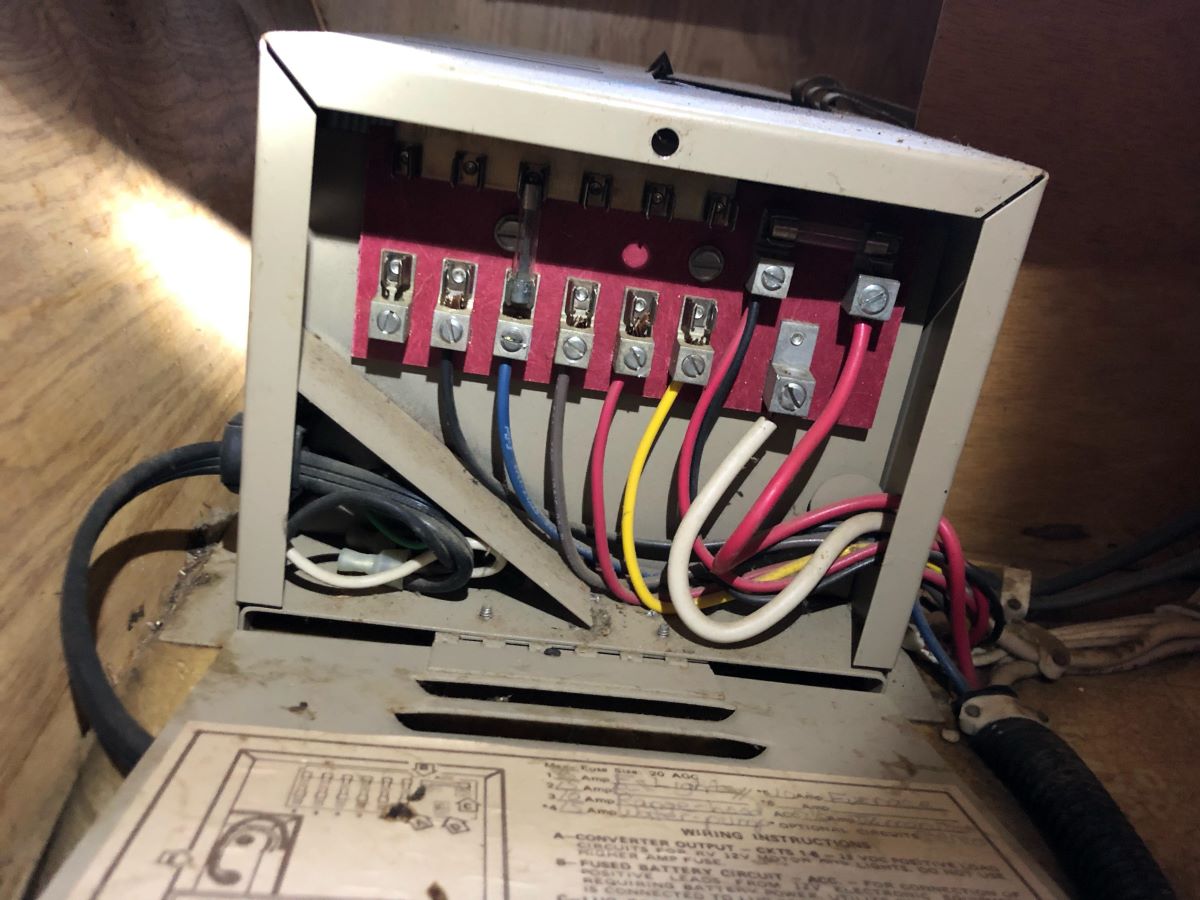
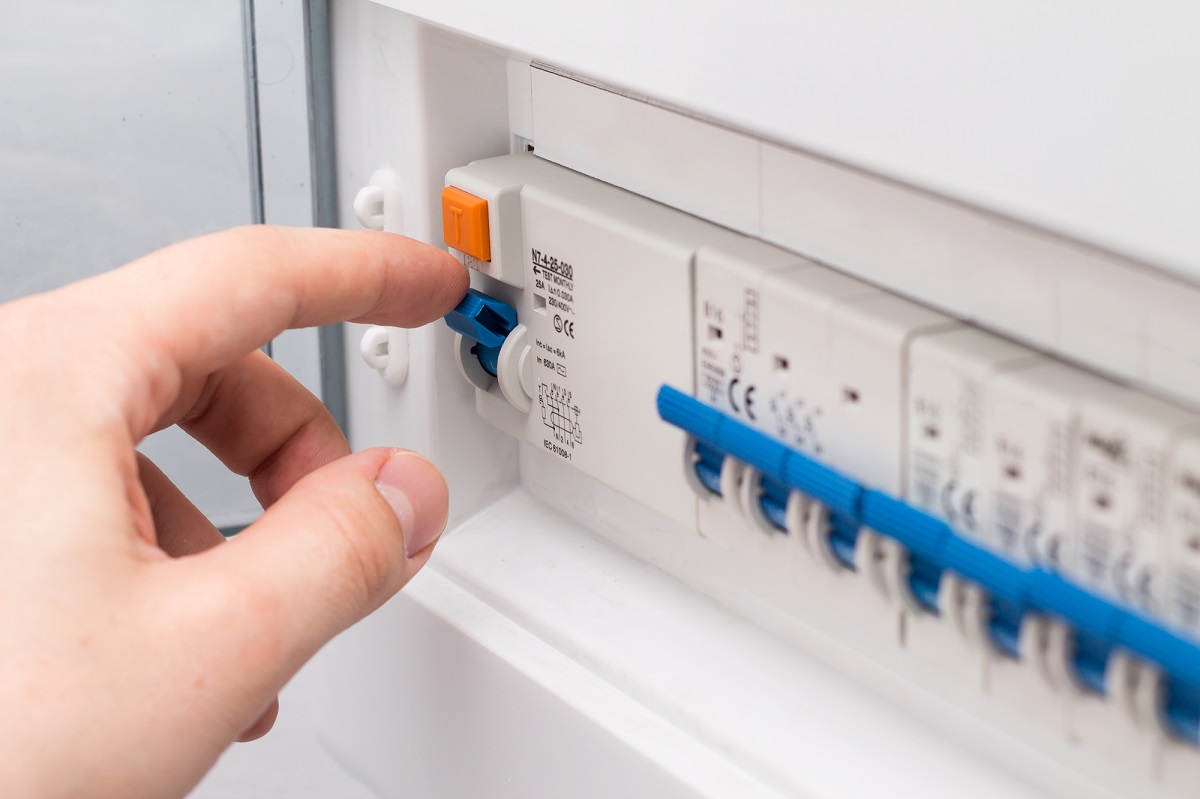
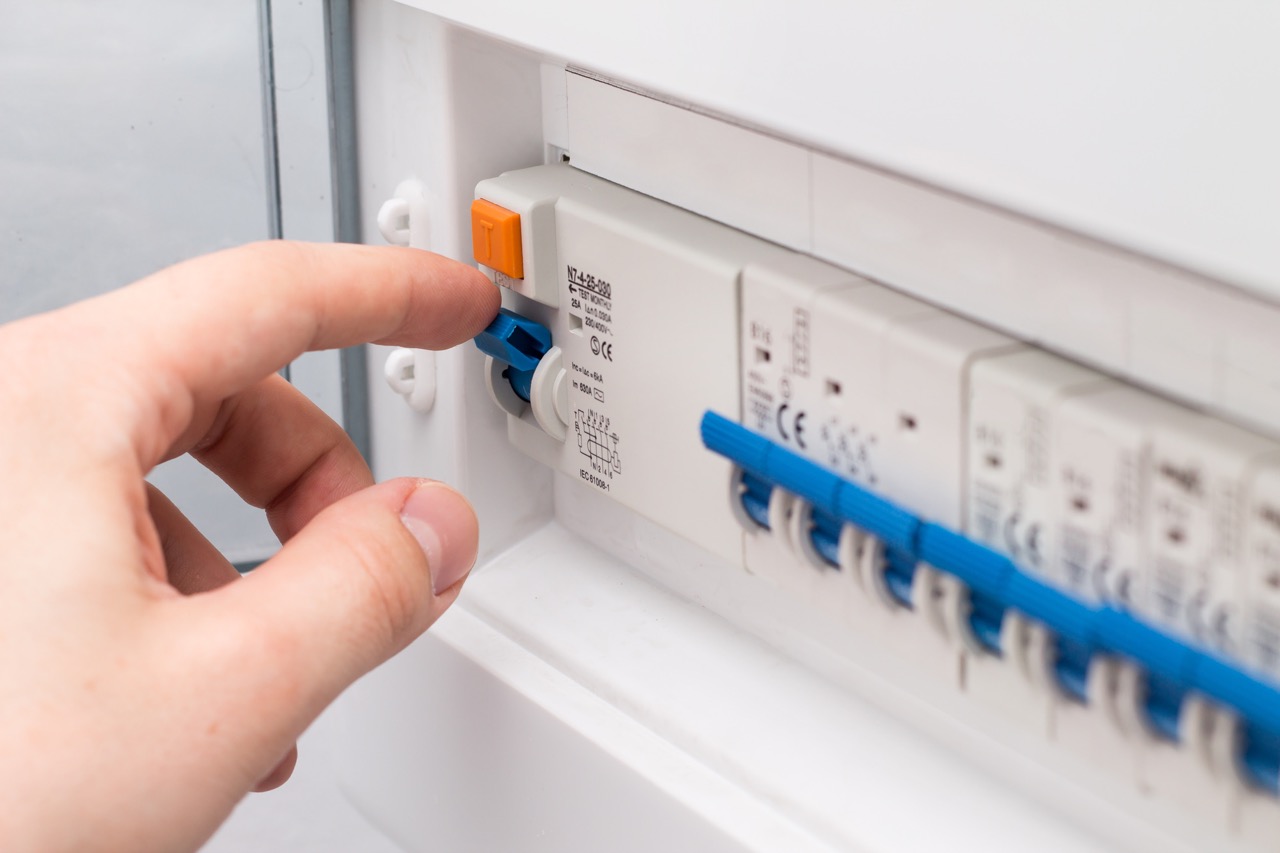
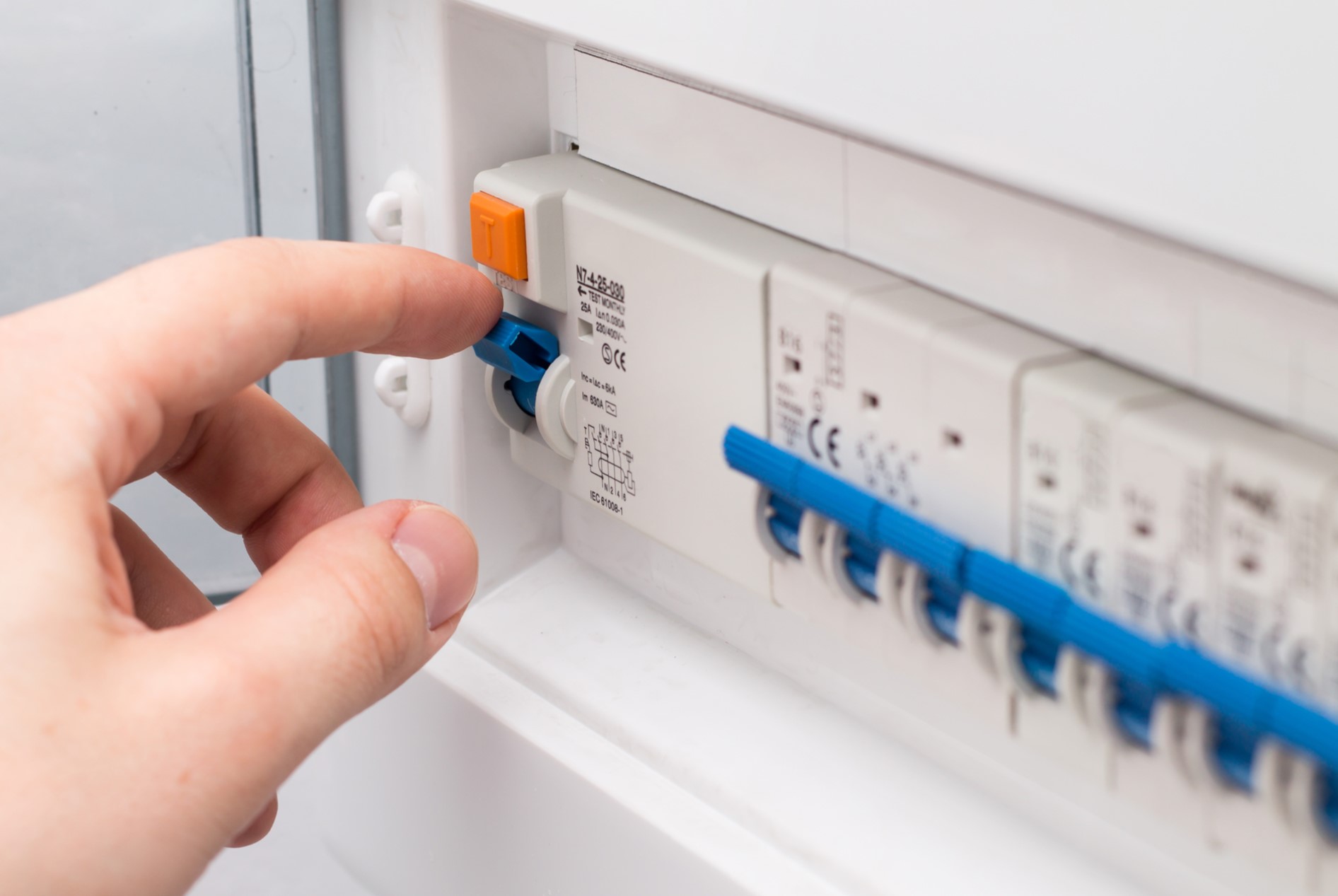
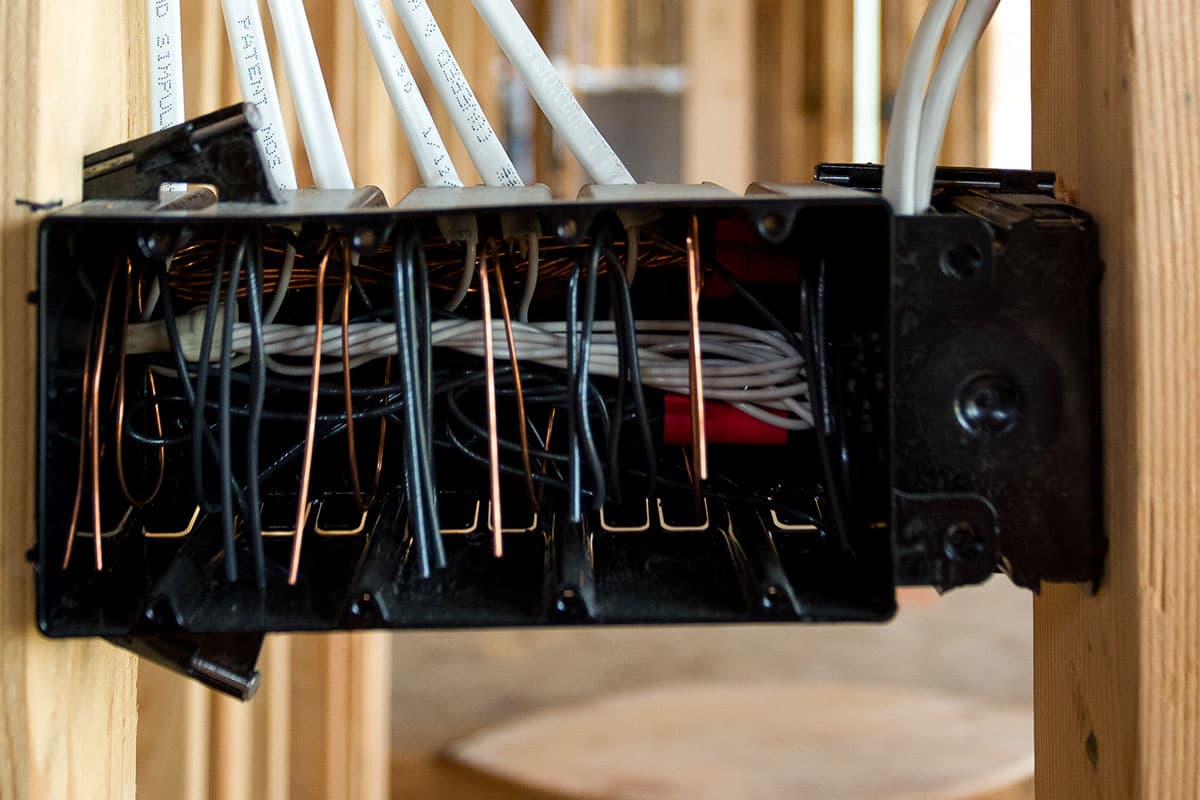
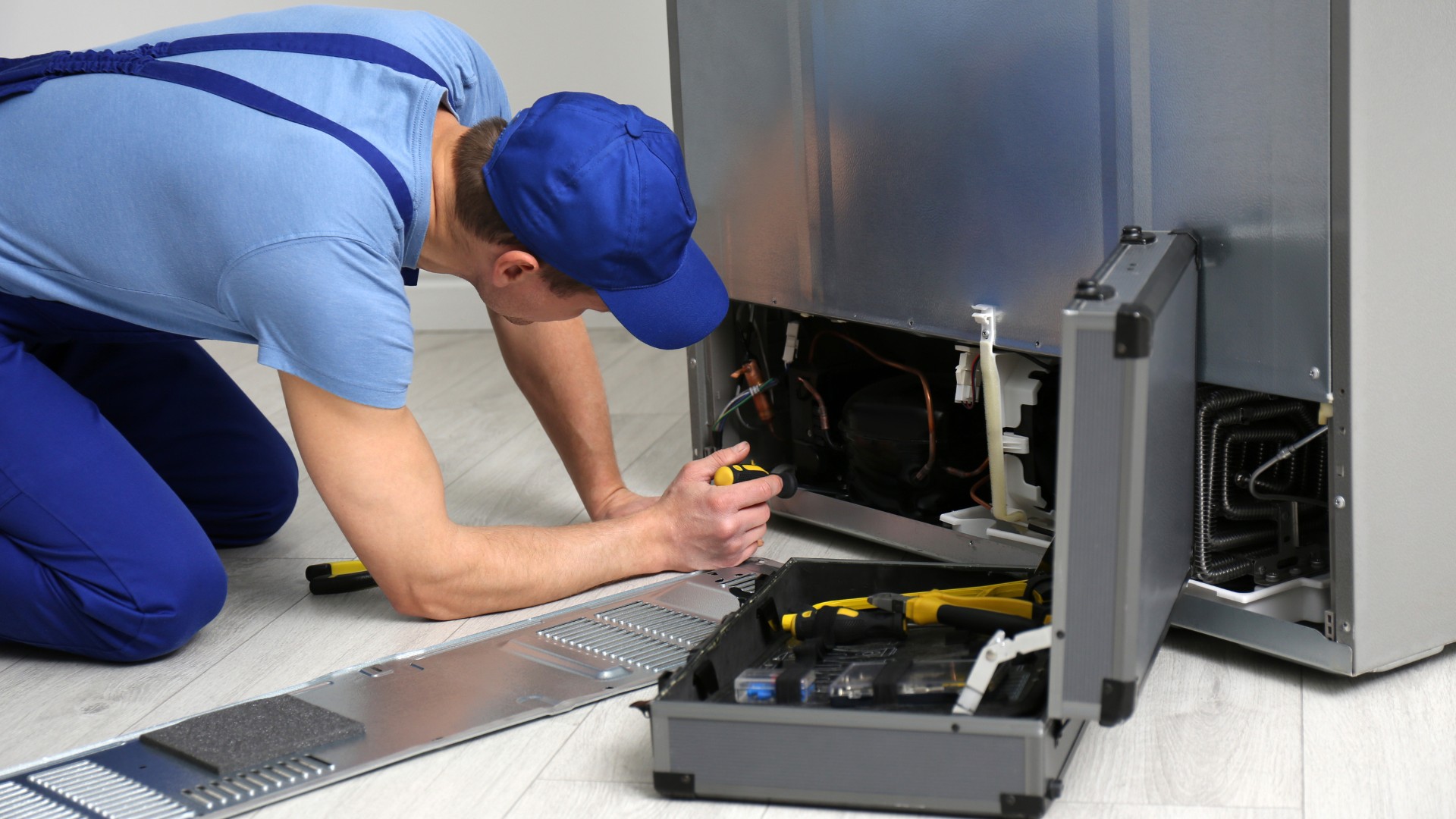
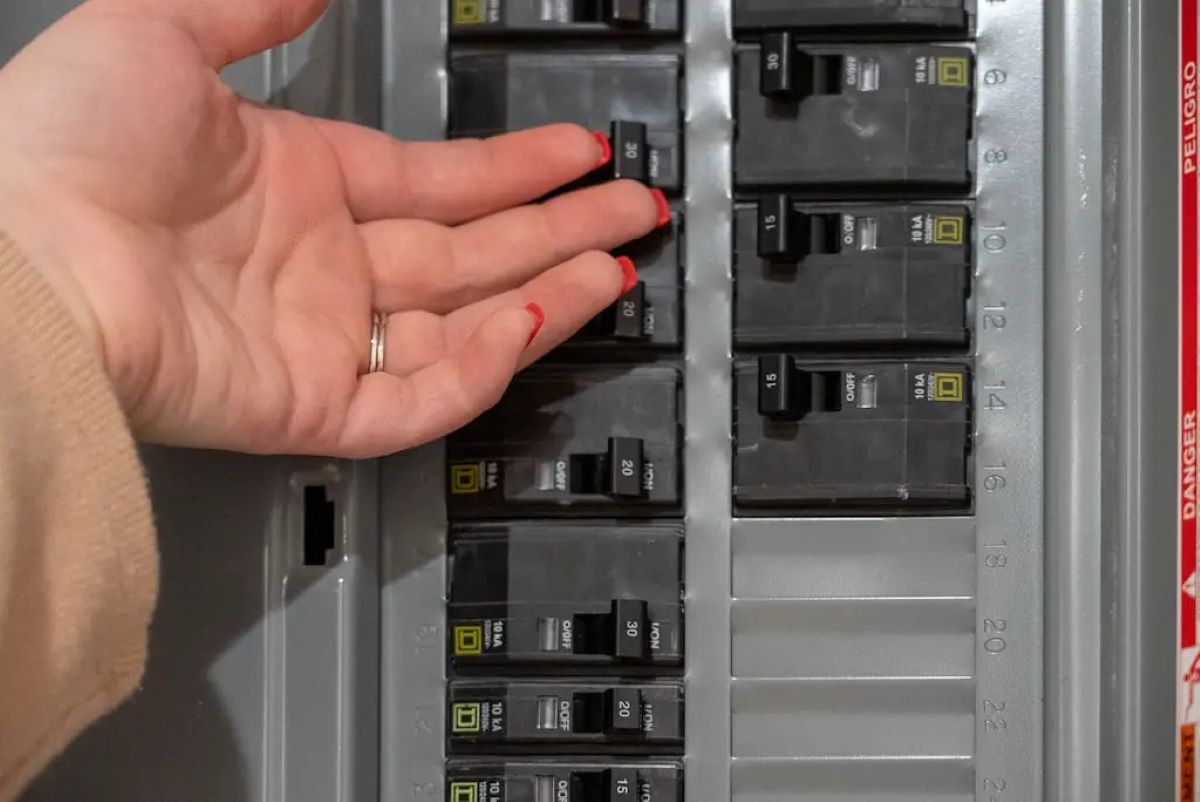
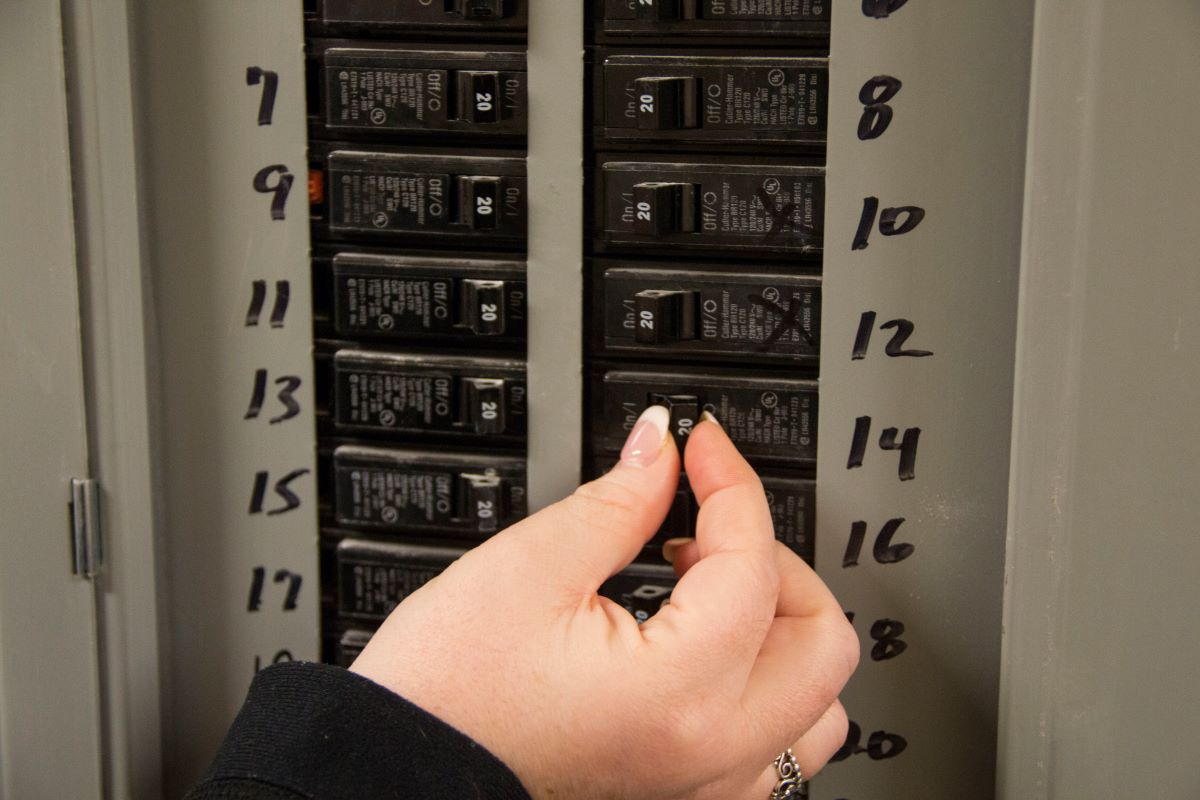
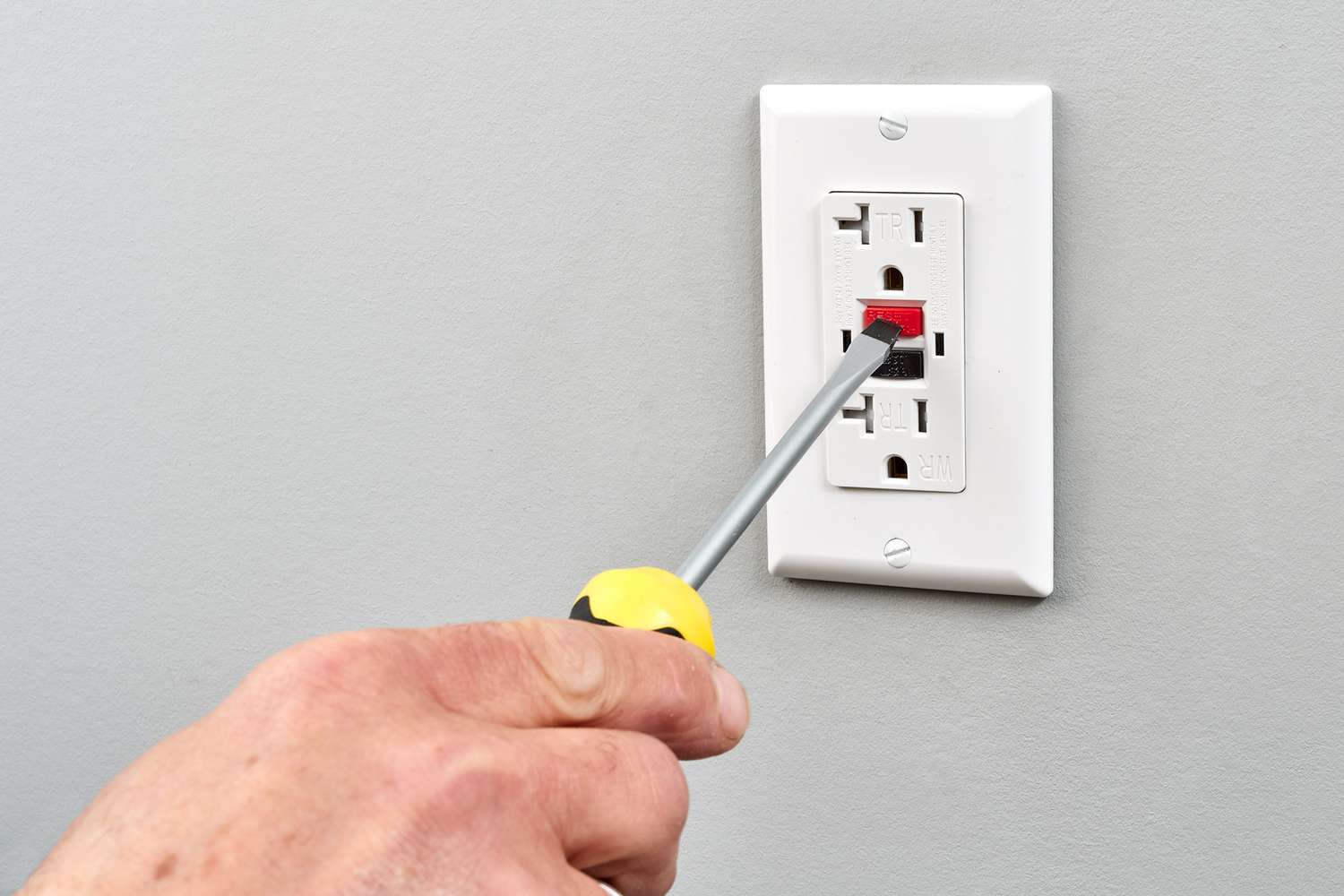
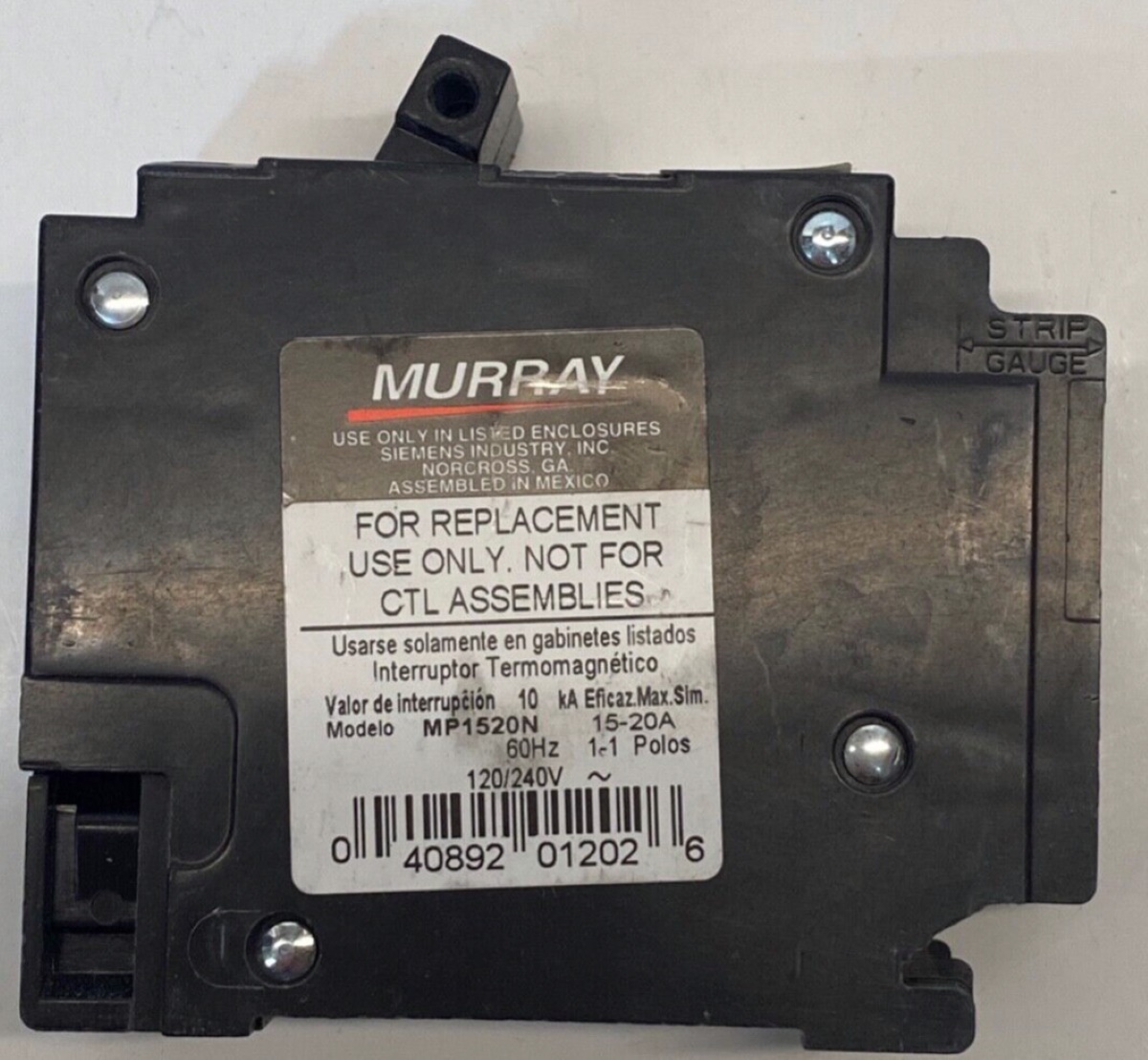
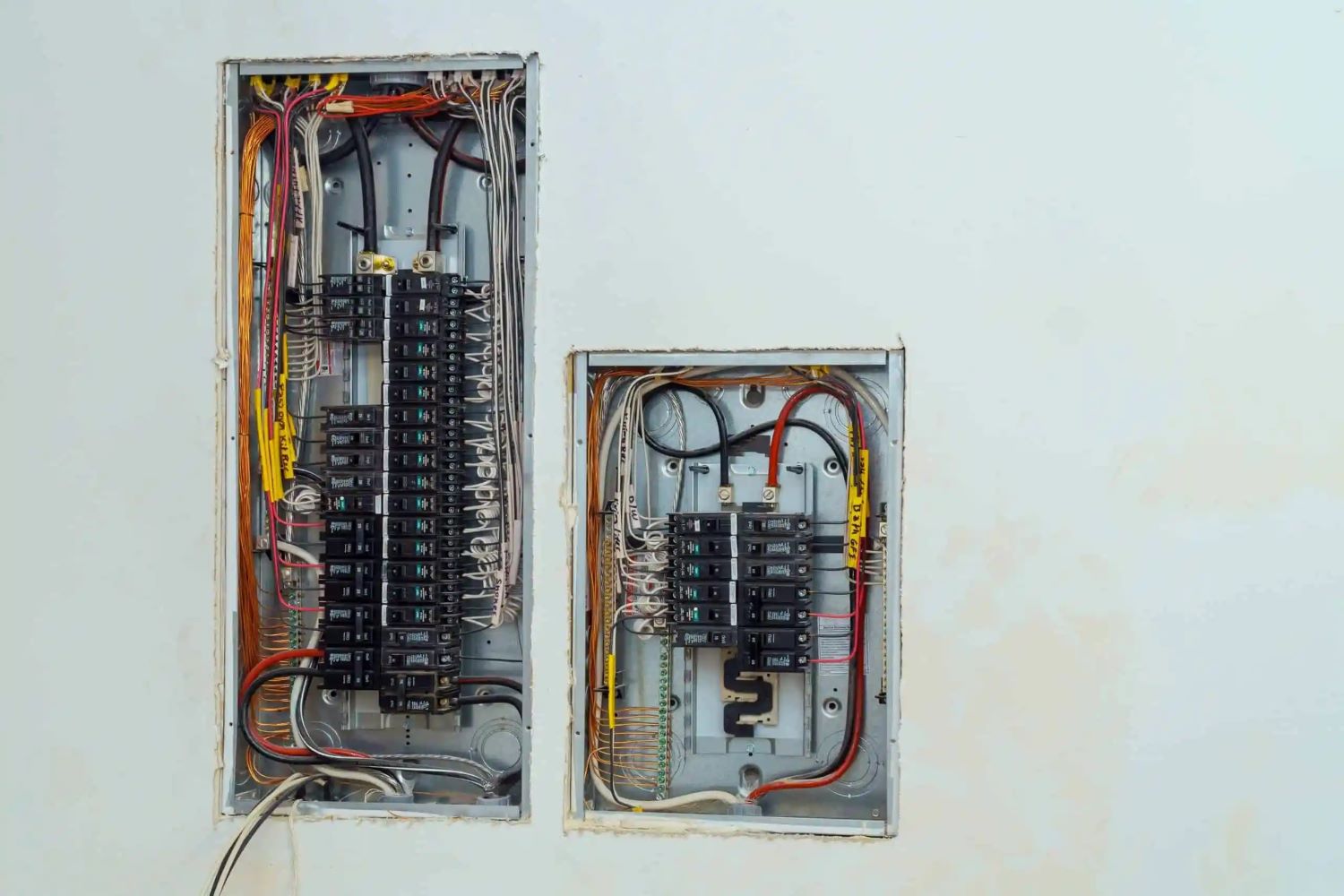
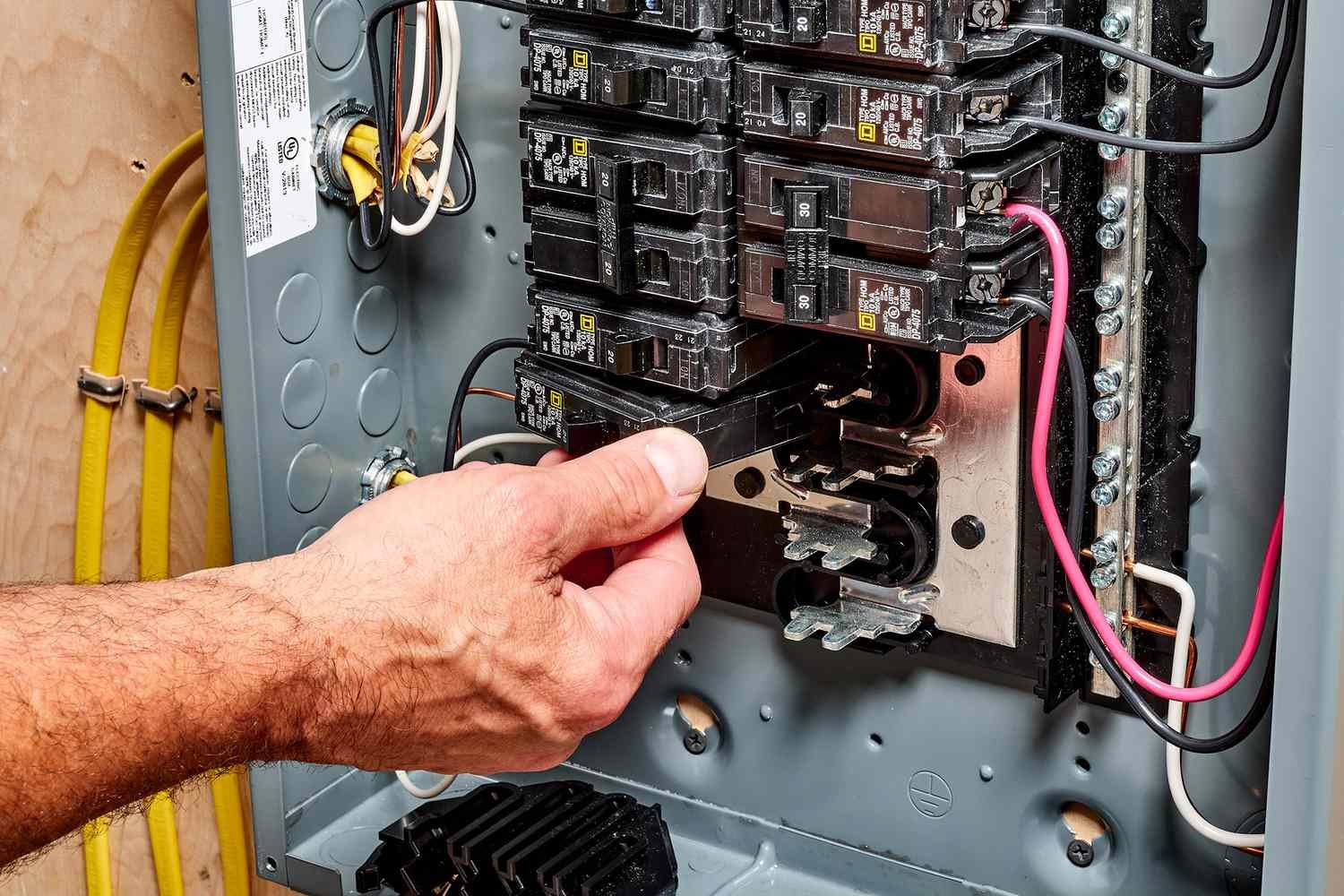
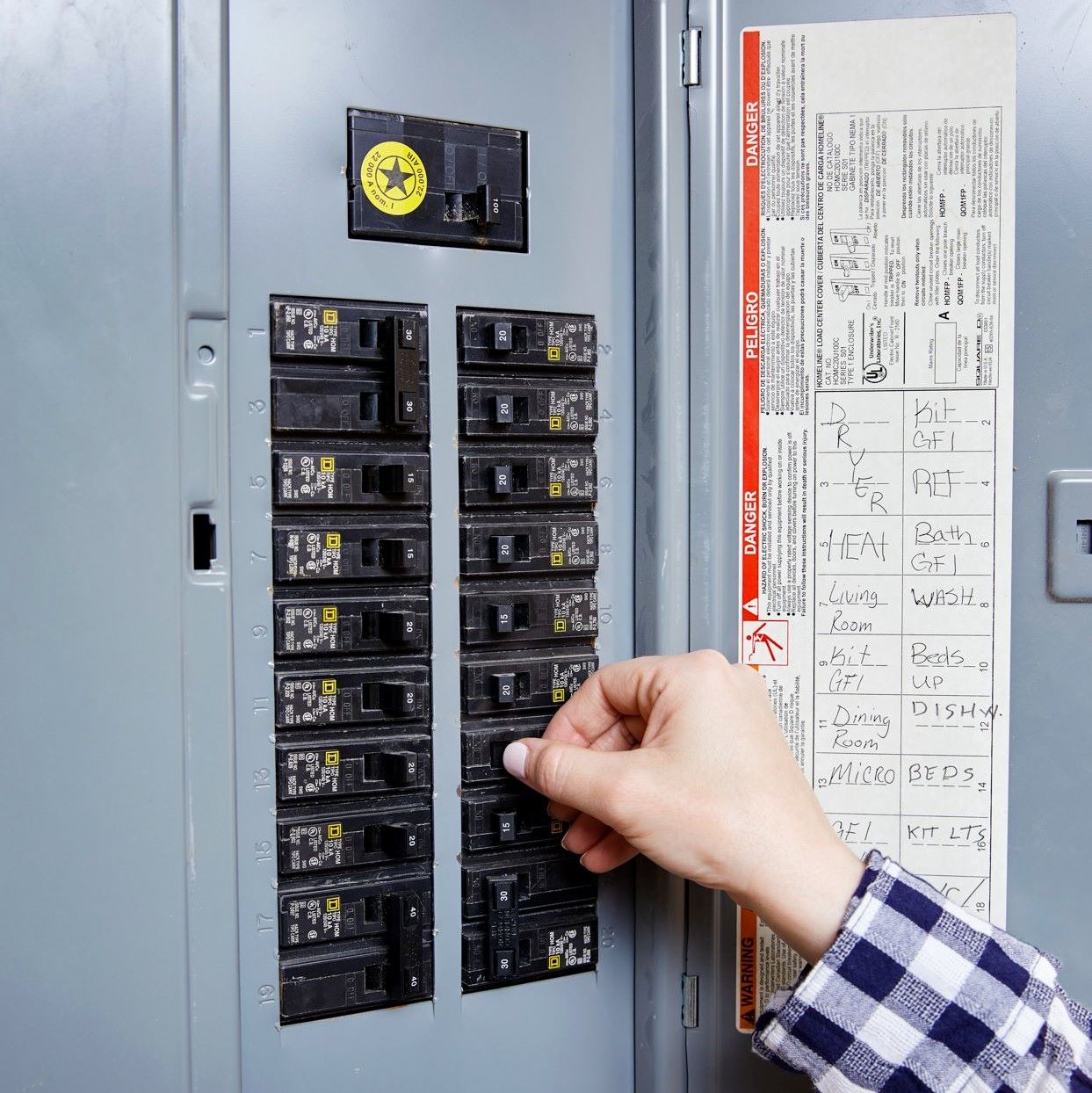

0 thoughts on “Why Breakers Trip”